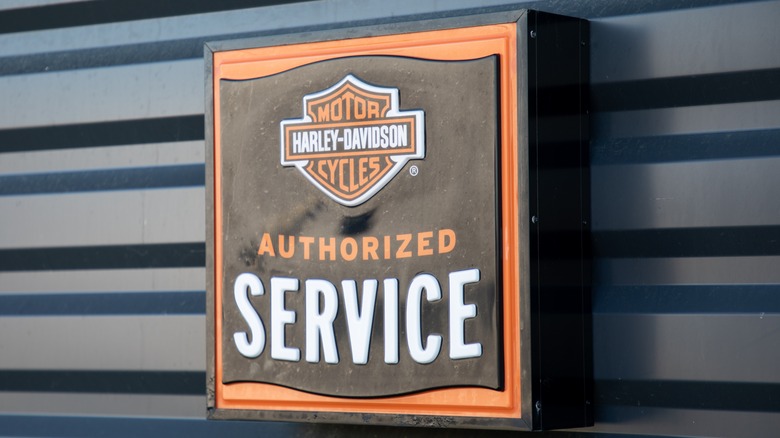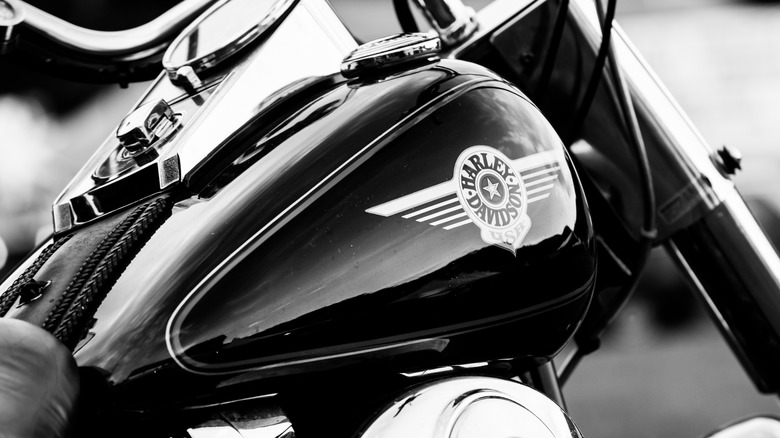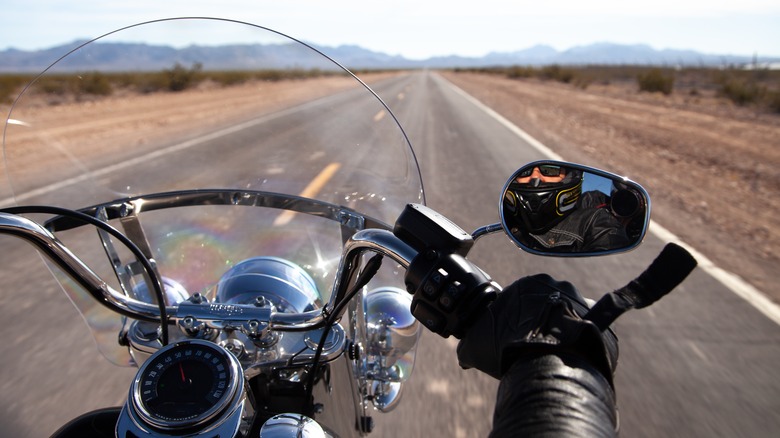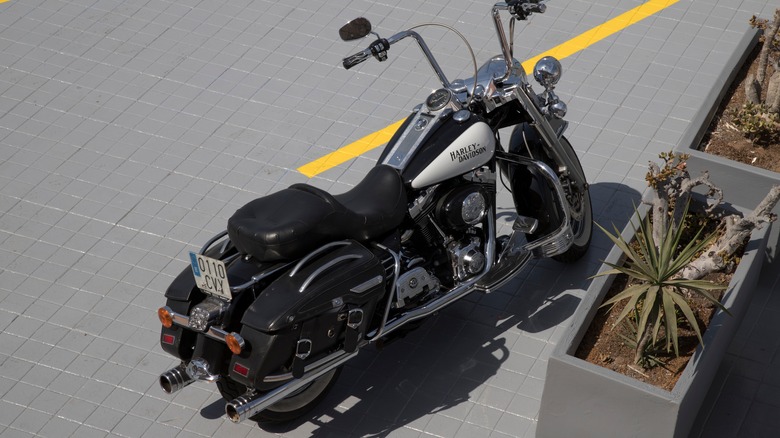Common Problems With The Harley-Davidson Twin Cam Engine (And Which Years To Avoid)
The name Harley-Davidson is all but guaranteed to come up when discussing (or even thinking about) motorcycles — particularly those made, or at least assembled, in the United States. It's known for a number of quality motorcycles, but even some of its engines are stand-outs.
Not all of Harley-Davidson's engines are worth celebrating, however. Specifically, the company's Twin Cam engine designs started out a little rocky to the point where Harley twin cams are almost treated as an urban legend on forums and the like. And the thing is, those whispers aren't entirely wrong.
As always, it's not a complete certainty that any given vehicle element with a less-than-stellar track record is going to fail (or fail in the same exact ways all the time). It's possible that some owners have been riding an affected bike for years with zero issues. However, there are some fairly common occurrences with Harley-Davidson Twin Cam engines, and those are often most common in one particular engine model. Here's what you need to know.
The most common twin cam issues
Harley-Davidson's Twin Cam engines have several reported issues, though there are two that appear to be the most common, according to S&S Cycle. Unfortunately they're also the kinds of issues that can lead to some pretty significant problems down the line.
It's not unusual for bikes, cars, trucks, etc. to sometimes shed a bit of oil and leave behind a few drops (or even a small puddle) on the pavement. Not to the extent that some Twin Cam engines have been known to, though. These oil leaks tend to happen around the base gasket (between the engine case and top of the engine itself) or rocker box gasket (protects the cylinder head), often resulting in oil getting into places it really isn't meant to, draining from the places it should be, or both.
Many earlier Twin Cam engines also used plastic chain tensioners, which is essential when it comes to keeping enough tension in the timing chain (for synchronizing crankshaft and camshaft rotations). As you might expect, plastic doesn't hold up as well over time as metal. This often resulted in the chain tensioners wearing down rapidly, with plastic shavings from said wear usually making their way into other vital areas. Like the oil pump, which would then lead to engine failure because lots of essential parts weren't being lubricated properly.
Less common problems
Some Twin Cam engine troubles don't happen as often, but there are still reports from customers about a handful of problems outside of chain tensioners and oil leakage. And none of these are good for the bike, either.
Older Twin Cam engines were allegedly prone to overheating — even while idling. Some aftermarket parts (namely oil coolers riders could install themselves) supposedly helped, but Harley-Davidson did try to address the issue with improvements to the engine's cooling system. Sometimes the engine's stator — a vital component to a motorcycle's alternator-like DC power system — may act up, which could result in the battery draining way too quickly or the bike not being able to start properly.
Then there's the crankshaft. Again, it's not quite as common as the twin cam's two biggest issues, but there have been instances of crankshaft runout. It's basically when the camshaft — possibly from manufacturing, maybe due to wear and tear — goes off-center. Even a few thousandths of a millimeter of distortion can cause excessive vibrations or wear down the engine a lot faster than normal, as well as making lots of noise, though seemingly this particular problem happened more often in modified (stage two and three) twin cams.
Which years are the biggest problem?
It's important to reiterate that these problems are not prevalent in all of Harley-Davidson's Twin Cam engines. The two primary iterations are the Twin Cam 88 and Twin Cam 96, named for their displacement values (88 and 96, respectively) in cu — which is the imperial equivalent (cubic inches) of cc (cubic centimeters).
Of the two, the Twin Cam 88 is the engine to look out for, but it's a tiny bit more complicated than that because there's the Twin Cam 88A and the Twin Cam 88B. The 88B was Harley-Davidson's second attempt at the Twin Cam 88 and avoided many of its common shortcomings. Or at least made an attempt to sidestep them. So being cautious about the Twin Cam 88A is the way to go.
When it comes to actual bikes, be wary of 1999 to 2006 Twin Cam models since they came with the problematic 88A engine. You don't necessarily need to avoid them, especially if they've been well maintained or possibly upgraded to address some of those possible known issues, but research before a purchase is highly recommended. Twin Cam Harleys released after 2006 are more likely to use the 88B or 96 engine, and are thus less likely to encounter those same problems.



